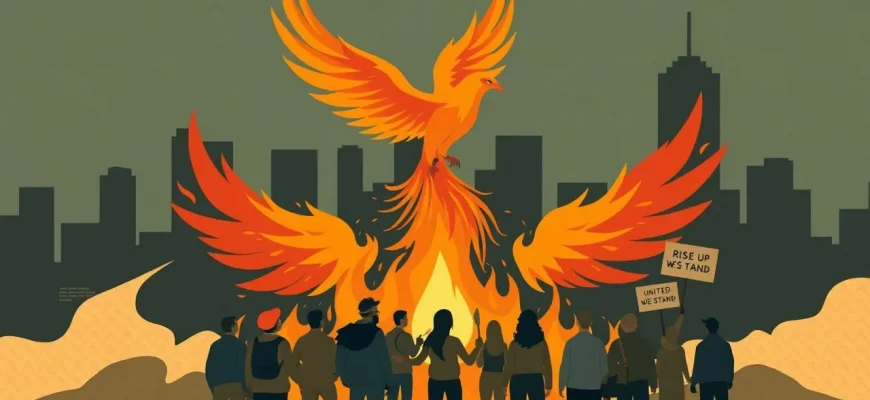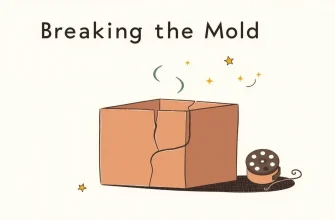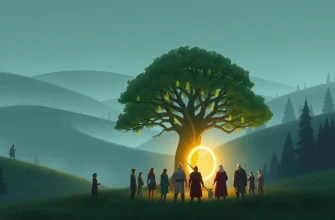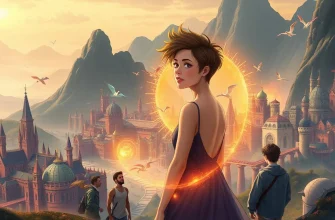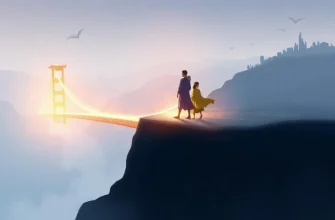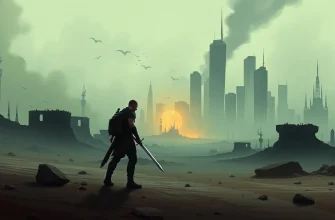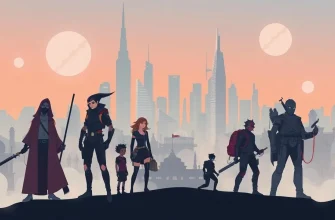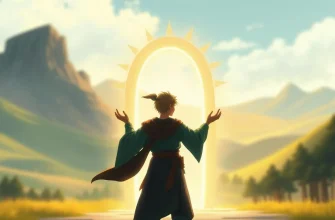Fantasy films often serve as a mirror to our society, reflecting our hopes, fears, and the movements that shape our world. This curated list of 10 fantasy films explores themes of social change, resistance, and the power of collective action. Each film uses its fantastical elements to comment on real-world issues, making them not only entertaining but also deeply insightful. Whether it's through magical revolutions or dystopian uprisings, these movies provide a unique lens through which we can examine the dynamics of social movements.
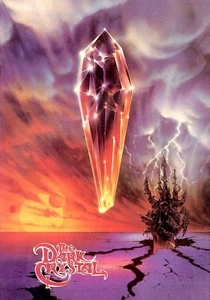
The Dark Crystal (1982)
Description: This film, while a fantasy adventure, deals with themes of ecological balance and the struggle against tyranny, mirroring social movements for environmental justice.
Fact: Jim Henson and Frank Oz used advanced puppetry techniques, making it one of the most ambitious puppet films ever produced. The film has a cult following and inspired a Netflix prequel series.
 Watch Now
Watch Now 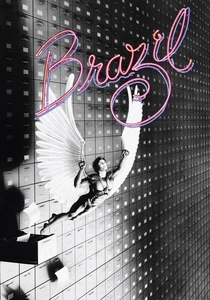
Brazil (1985)
Description: Terry Gilliam's dystopian satire critiques bureaucratic inefficiency and the suppression of individual freedom, themes resonant with social movements.
Fact: The film's title refers to the song "Aquarela do Brasil," which plays during a dream sequence. It was a troubled production with conflicts between Gilliam and Universal Studios.
 Watch Now
Watch Now 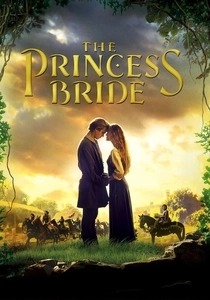
The Princess Bride (1987)
Description: While primarily a fairy tale, it subtly addresses themes of class struggle and the fight against oppressive rule through its narrative of true love and adventure.
Fact: The film has a dedicated following, with many fans quoting lines from the movie. It was adapted from a novel by William Goldman, who also wrote the screenplay.
 Watch Now
Watch Now 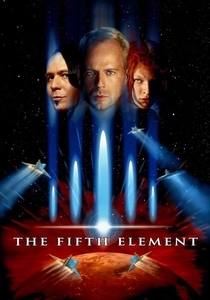
The Fifth Element (1997)
Description: This film, while primarily a sci-fi adventure, touches on themes of cultural diversity and the fight against a universal threat, reflecting societal unity.
Fact: The film was a box office success, especially in Europe, and features a memorable performance by Chris Tucker. It was one of the first films to use extensive digital compositing.
 Watch Now
Watch Now 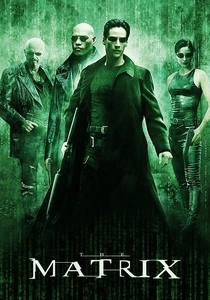
The Matrix (1999)
Description: While not explicitly about social movements, the film's narrative about breaking free from an oppressive system resonates with themes of resistance and awakening.
Fact: The Wachowskis were influenced by various philosophical and religious texts when crafting the story. The film's "bullet time" effect revolutionized visual effects in cinema.
 Watch Now
Watch Now 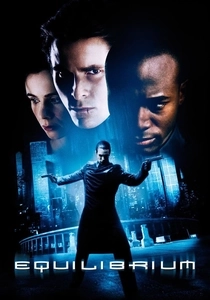
Equilibrium (2002)
Description: In a future where emotions are outlawed, a law enforcement officer begins to question the regime, leading to a movement against emotional suppression.
Fact: The film was inspired by Ray Bradbury's "Fahrenheit 451" and George Orwell's "
 Watch Now
Watch Now 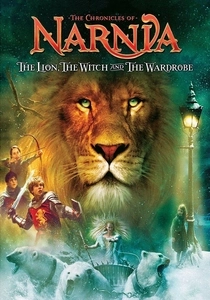
The Chronicles of Narnia: The Lion, the Witch and the Wardrobe (2005)
Description: The story of children entering a magical world to fight against an oppressive regime can be seen as an allegory for resistance against tyranny.
Fact: The film was a massive undertaking, with over 1,000 crew members working on it. The White Witch's castle was inspired by the architecture of the Reichstag in Berlin.
 Watch Now
Watch Now 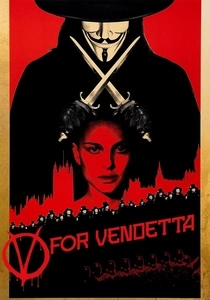
V for Vendetta (2005)
Description: A masked vigilante known only as "V" fights against a totalitarian regime, inspiring a revolution. This film explores themes of anarchy, freedom, and the power of ideas.
Fact: The iconic Guy Fawkes mask worn by V has become a symbol of protest worldwide. The film was adapted from a graphic novel by Alan Moore, who famously disowned the movie adaptation.
 Watch Now
Watch Now Avatar (2009)
Description: Jake Sully's journey on Pandora highlights themes of indigenous rights, environmentalism, and resistance against corporate exploitation.
Fact: The film was the first to be released in 3D that was not primarily animated. It also set a new benchmark for visual effects in cinema.
 Watch Now
Watch Now 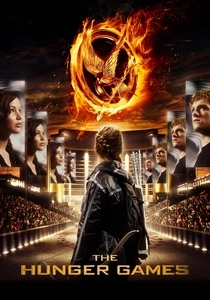
The Hunger Games (2012)
Description: In a dystopian future, the Capitol controls the districts through an annual event where children fight to the death. The film showcases the spark of rebellion that leads to a broader movement for freedom.
Fact: The film's director, Gary Ross, was inspired by the real-life reality TV shows when creating the Hunger Games concept. The movie's costume designer, Judianna Makovsky, used fashion to subtly convey the class divide.
 Watch Now
Watch Now 
